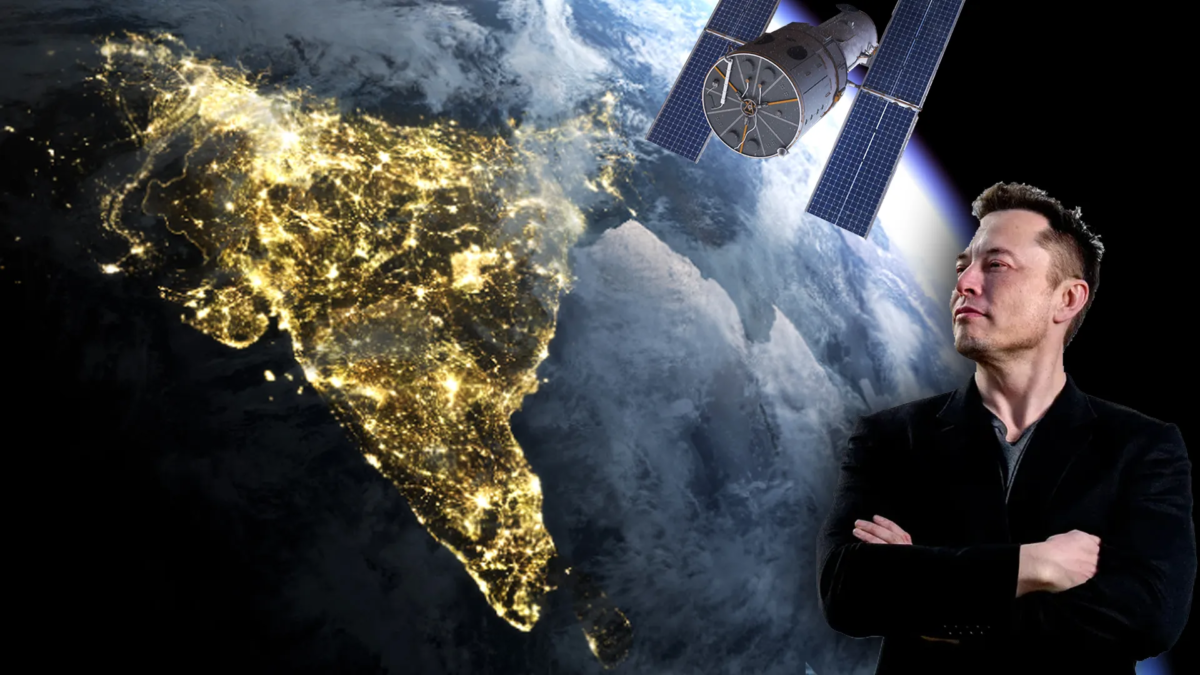Shares of China’s BYD rallied on Tuesday after the company announced a new technology that it claims can charge electric vehicles (EV) almost as quickly as it takes to fill a gasoline car.
BYD’s Hong Kong-listed shares jumped more than 6% shortly after the open, notching a new a 52-week high. The stock, which was last seen trading around 4.2% higher, is up over 50% year-to-date.
BYD’s Shenzen-listed stock price, meanwhile, rose over 2% on Tuesday morning, before paring some of its gains.
It comes shortly after BYD unveiled a new “Super e-Platform” technology, which it says will be capable of peak charging speeds of 1,000 kilowatts. The EV giant and Tesla rival says this will allow cars that use the technology to achieve 400 kilometers (roughly 249 miles) of range with just 5 minutes of charging.
CNBC could not independently verify these claims.
By contrast, Tesla’s latest superchargers offer a charging rate of up to 500 kilowatts, and can add up to 270 kilometers of range in 15 minutes. Germany’s Mercedes-Benz Group, meanwhile, said last week that its all-electric CLA will be able to recharge up to 325 kilometers within 10 minutes.
“The ultimate solution is to make charging as quick as refueling a gasoline car,” Wang Chuanfu, chairman and president of BYD, said at the launch event, according to a press release.
The breakthrough appears to cut to the core of range anxiety, one of the major sticking points preventing consumers from switching to an EV. Range anxiety refers to fears that an electric car battery will run out of charge before the passenger reaches the destination.
Xing Lei, an independent China autos analyst, described the technological advancements of BYD’s new battery platform as “out of this world” and a “heartbreaking” development for its foreign competitors.
“Just when everybody’s focus seems to be turning toward smartification, BYD comes right back and says: no no, we are not done with electrification yet,” Lei said in a LinkedIn post.
BYD said its Han L sedan and Tang L SUV will both feature the new “Super e-Platform,” with both EVs having officially started pre-sales in China. The company added it would build more than 4,000 ultra-fast charging piles, or units, across China to match the new platform.
BYD has not yet specified how much it will spend on building the new facilities, nor when the ultra-fast charging piles will be available for consumers.
Earlier in the month, BYD launched a sale of its Hong Kong shares to raise up to $5.2 billion, Reuters reported, with the proceeds thought to be used to invest in research and development, among other areas. The company did not respond to a request for comment at the time.
A change in charging behavior?
The average range for EVs in the U.S. is nearly 300 miles (or 483 kilometers) on a single charge, according to the Environmental Defense Fund, while the time it takes to charge a battery-powered EV can take 20 minutes or several hours, depending on the car and the speed of the charging point.
“Speedier charging is definitely a plus, but it ranks behind overall battery range and convenience of charging ports as priorities for EV owners,” Michael Dunne, founder and CEO of Dunne Insights, told CNBC via email.
“BYD is getting much more skilled at telling their technology breakthrough stories. A traditional engineering company has added an important marketing dimension to their competitive arsenal.”
Dunne said BYD’s fast-charging platform could lead to a change in behavior of EV owners.
“Few EV owners charge their car from zero to full battery charge,” Dunne said.
“Instead, they tend to top up like we do with our phones. So, the ‘5 minute charge’ could change that behavior,” he added.
Companies have taken various approaches to addressing consumers’ range anxiety, such as including fuel tanks to charge the battery, or building a network of battery swap stations that allow drivers of participating vehicles to get a fully charged battery in just a few minutes.
Indeed, Chinese electric car company Nio on Tuesday announced a strategic partnership with battery giant Contemporary Amperex Technology.
The two companies will “create the largest and most advanced battery swapping service network for passenger vehicles,” according to a press release, which did not specify a time.
CATL is also investing a total of 2.5 billion yuan ($350 million) into Nio’s power unit, the release said.
Top-notch SEBI registered research analyst
Best SEBI registered Intraday tips provider
Telegram | Facebook | Instagram
Call: +91 9624421555 / +91 9624461555



